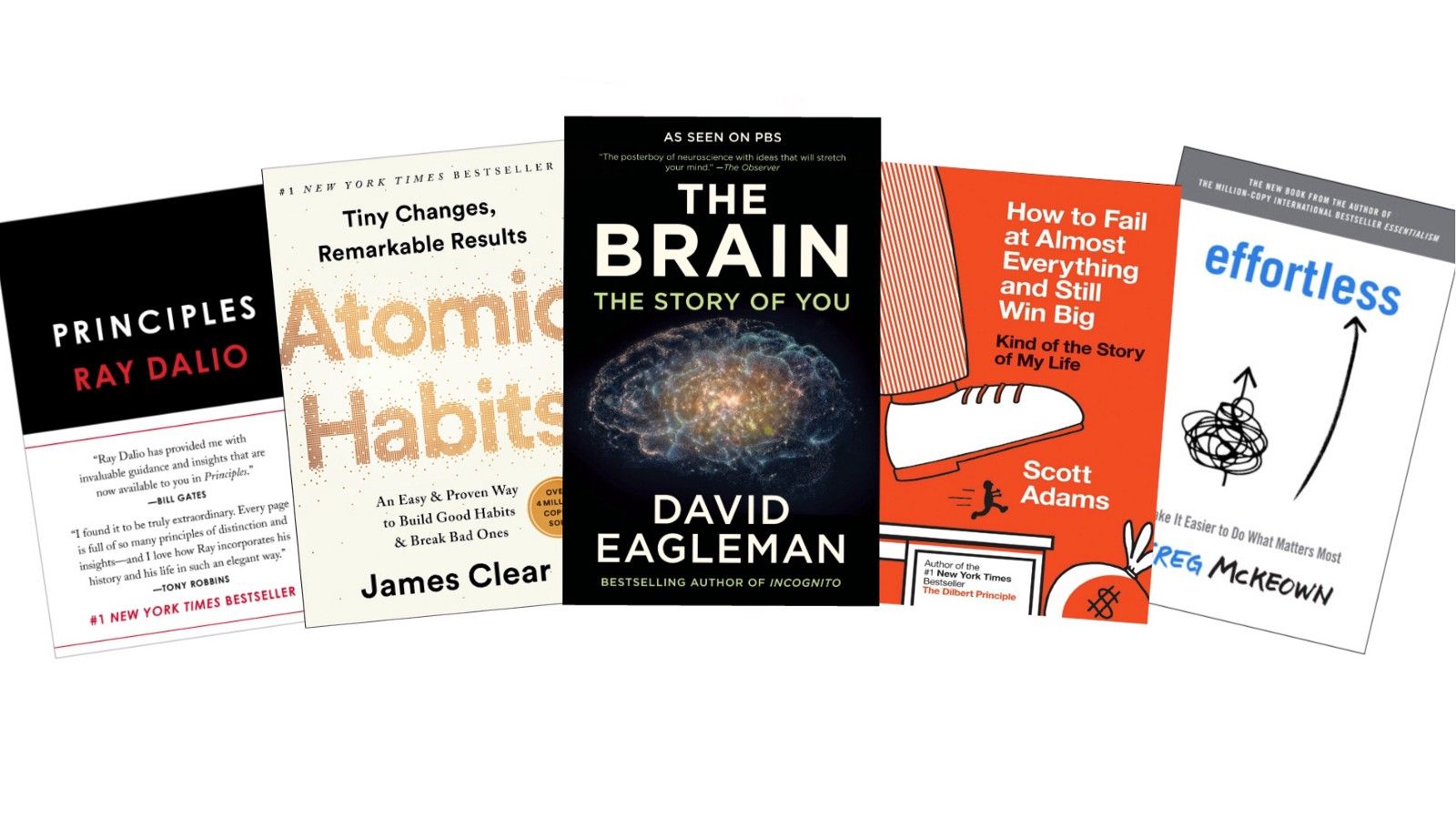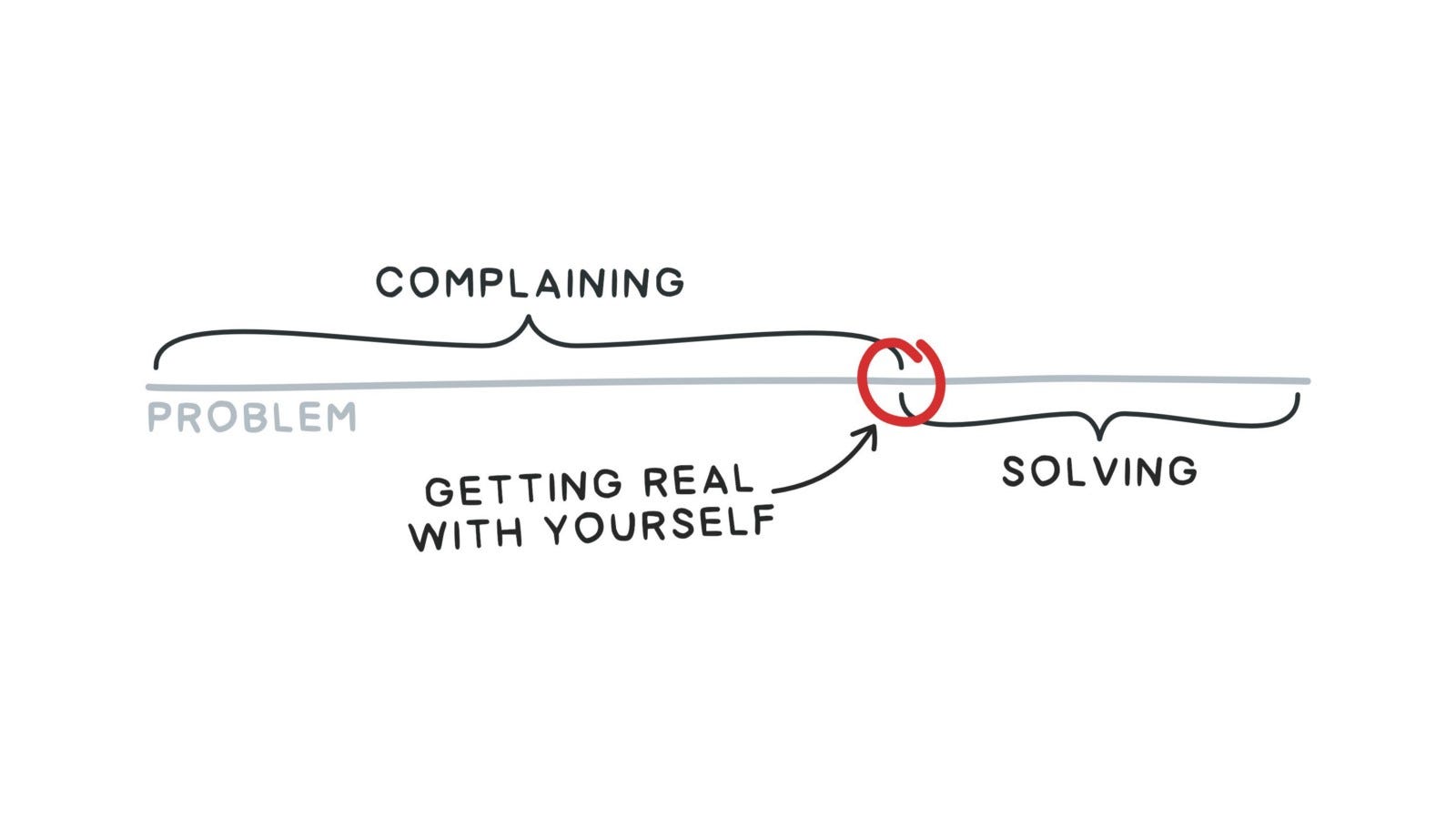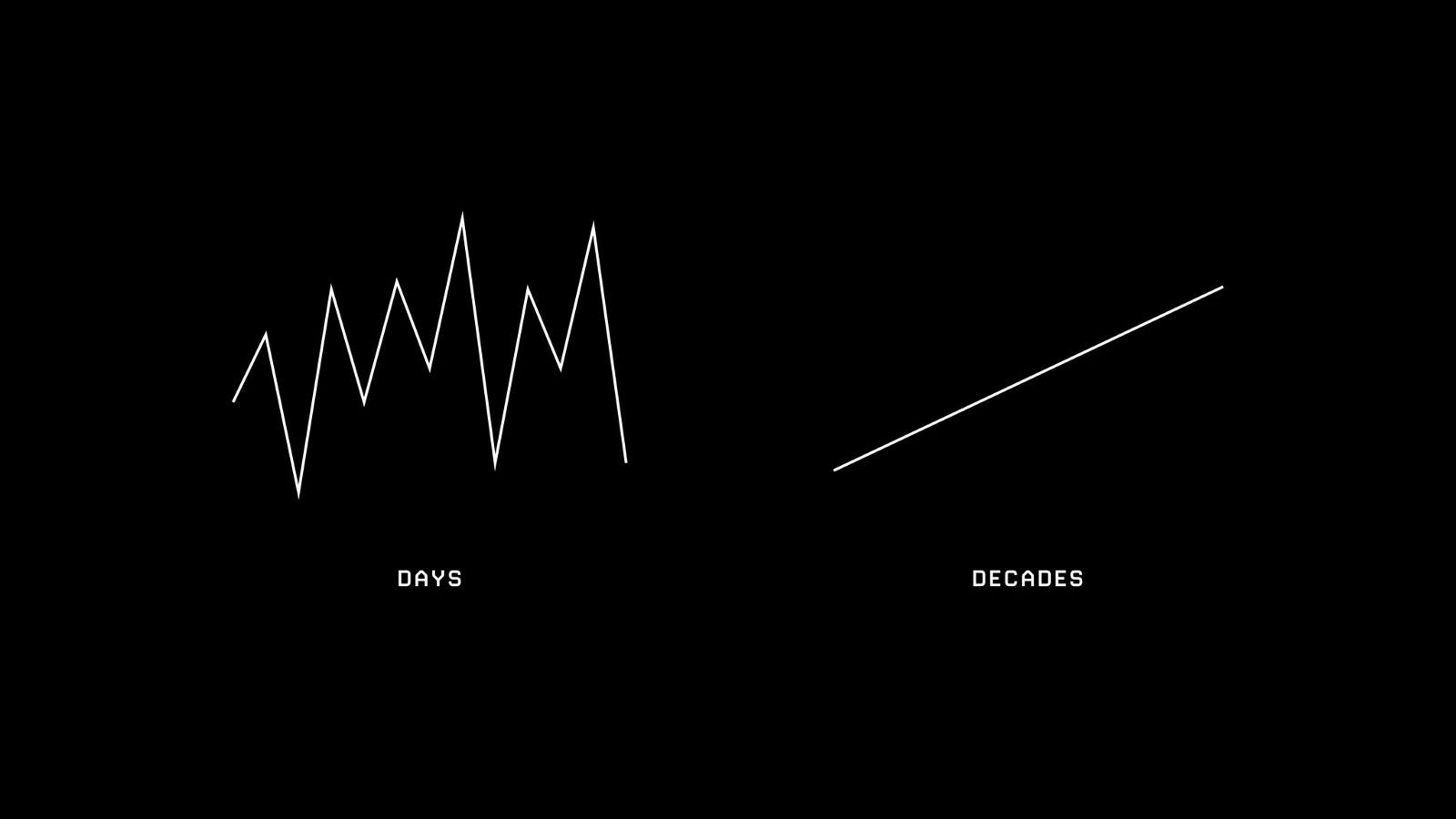5 Books on the Re-Read Menu

My brain lights up with excitement when I come across a new book that piques my interest. Is it the promise of a life-changing idea or habit to discover? The potential for fresh writing inspiration?
Often, it’s a quick flash, just a few chapters long. A new addition to the list of half read books gathering virtual dust in my Kindle library.
Even for the ones I find interesting enough to finish, I’ve noticed an issue. I feel inspired and motivated while reading, but specifics fade away quickly. Then, it’s off to the next one.
As David Perell describes in Against 3x Speed, the problem with this kind of binge reading is it creates the illusion of knowledge, especially when you rush it. Real learning requires contemplation, implementation, and a commitment to reflect on great ideas repeatedly.
Shane Parrish, founder of Farnam Street, puts it simply:
It’s not about how many books you read but what you get out of the books you read. One great book, read thoroughly and understood deeply, can have a more profound impact on your life than reading 300 books without really understanding the ideas in depth and having them available for practical problem-solving.
Right, I clearly need to change my strategy.
This year, the plan is to 1) re-read the books that have resonated with me and 2) buy fewer new books.
That’s harder than it sounds. Humans crave novelty, so returning to the same ideas requires effort. I notice an almost physical resistance to the thought of re-reading a book. It feels boring, a waste of precious learning time.
My quick antidote to that feeling is asking myself the question: Can you describe what you’ve learned from the last 5 books you’ve read? Go.
Yup, exactly.
Now, how do I decide which books to re-read?
The selection criterion is simple: “Do I regularly get reminded of things I’ve read in this book while reading other content or simply going through life?”
If the answer is yes, this book has planted a seed in my mind, but there’s much more to discover.
So without further ado, here are the first 5 titles on the Re-Read Menu.
The Brain by David Eagleman
If you showed this article to my high school science teachers, they’d laugh. I’m the last person they’d expect to be now interested in neuroscience. Let’s say I wasn’t their most attentive or gifted student.
But, people change. Since I started reading psychology and self-development books, I’ve become fascinated with understanding how my nervous system works.
Reading The Brain by David Eagleman has completely changed how I see myself and the people around me. For starters, I never used to think about my brain. Have you? I mean, consciously think about that thing that’s floating inside your skull, defining your every move, reaction, mood and thought.
In this book, David explores ‘The Story of You’. What is reality? How do you make decisions? Why does your brain need other people? How is technology poised to change what it means to be human?
One of the paragraphs I can’t stop thinking about is this:
What if I told you that the world around you, with its rich colors, textures, sounds, and scents is an illusion, a show put on for you by your brain? If you could perceive reality as it really is, you would be shocked by its colorless, odorless, tasteless silence. Outside your brain, there is just energy and matter. Over millions of years of evolution, the human brain has become adept at turning this energy and matter into a rich sensory experience of being in the world.
We think of color as a fundamental quality of the world around us. But in the outside world, color doesn’t actually exist.
Not only is there no color, there’s also no sound: the compression and expansion of air is picked up by the ears and turned into electrical signals.
Despite the feeling that we’re directly experiencing the world, our reality is ultimately built in the dark, inside our skulls, in a foreign language of electrochemical signals.
You don’t perceive objects as they are. You perceive them as you are.
I don’t know about you, but I can’t read that and look at the world around me in the same way.
All these signals are translated through our unique neural circuitry, so my reality is different from yours. You don’t see what I see, and vice versa.
The more I think about this, the more I start to appreciate the range of tricks my mind plays on me — and therefore, the more I understand the extent to which I will continually misjudge situations and the feelings they provoke.
Principles by Ray Dalio
I did not pick up this book because Ray Dalio is a hedge fund billionaire, and I want to be like him.
I learned about the book when I came across a Linkedin post by Ray, reflecting on his son’s death just 13 days earlier. I was intrigued by his self-described ‘hyperrealism’, even in this incredibly painful experience.
Ray is a firm believer in systems and automation. Throughout his life, he wrote down solutions to problems and scenarios that popped up, again and again, to eventually collate them into a book called Principles.
Principles are fundamental truths that serve as the foundations for behavior that gets you what you want out of life. They can be applied again and again in similar situations to help you achieve your goals.
The principle I regularly think about is Radical Acceptance.
Don’t fall into the trap of wishing things were different.
Don’t get stuck on “how things should be”.
Don’t waste time feeling sorry for yourself.
Instead, embrace your reality and deal with it. It doesn’t mean you have to love what’s happening. It just means you quickly understand and accept that you cannot change it, and your best option is to think creatively about how to move forward.
As Ray describes it in the book:
My point is simply this: Whatever circumstances life brings you, you will be more likely to succeed and find happiness if you take responsibility for making your decisions well instead of complaining about things being beyond your control.

How to Fail at Almost Everything and Still Win Big by Scott Adams
Goals are for losers, systems are for winners.
Written by the creator of the famous satire cartoon Dilbert, I expected this book to be direct.
I did not foresee I’d walk away with so many life lessons.
Scott shares his story and what he learned about keeping himself motivated, healthy, and happy while racking up all the failures that ultimately led to his success.
The idea I keep coming back to is to focus on systems, not goals.
Here’s what Scott means by that:
A goal is an objective you’ve set for yourself. It’s a specific, measurable and reach-it-and-be-done situation. You either achieve it, or you don’t. You either win, or you lose.
A system does not have a specific end goal. Instead, it’s something you do regularly that increases your odds of happiness and success in the long run. Think of it like a ritual or a routine.
When we are focused on the goals, we live in a state of nearly continuous failure we hope will be temporary. It’s tiring, unmotivating and might even make us quit if we feel like we are not achieving our goal quickly enough.
Then, assuming we achieve our goal, we feel terrific for a moment but only until we realize that we have now lost the thing that gave us direction and purpose. We risk falling back into old habits.
On the other hand, when we set systems, we win every time we apply the system. This makes us feel good about ourselves, creating a sense of accomplishment and confidence to keep going.
Focusing on systems gives us a long term focus and determination, making it a permanent part of our lives.
A few examples:
- Cut out carbs and sugar (System) > Lose 5 kg (Goal)
- Go for a run 3 times per week (System) > Run a marathon (Goal)
- Write every morning (System) > Reach 5k Medium followers (Goal)
Effortless by Greg McKeown
Complexity sells.
We are conditioned throughout our lifetimes to believe that to overachieve, we must also overdo. As a result, we make things harder for ourselves than they need to be.
I’ve noticed when I feel overwhelmed, it’s not necessarily because the situation is inherently overwhelming. Instead, it’s because I am overcomplicating things in my head. I’m thinking too far ahead, worrying about “what might go wrong”.
This book is all about rethinking our approach to work and life in general:
What if the biggest thing keeping us from doing what matters is the false assumption that it has to take tremendous effort? What if, instead, we considered the possibility that the reason something feels hard is that we haven’t yet found the easier way to do it?
Effortless Inversion is one of the most useful and practical concepts to do just that.
Effortless Inversion means looking at problems from the opposite perspective. It means learning to solve problems from a state of focus, clarity, and calm. It means getting good at getting things done by putting in less effort.
You do it by walking away from the problem and asking yourself one simple question: “What would this look like if it was easy?”
It may seem almost impossibly simple, but it works every time for me. It reminds me to lighten up, to see this all as a game. My stress level is changing nothing to the situation; on the contrary, it’s only slowing me down — so, how can I approach this situation from a state of effortlessness?
Atomic Habits by James Clear
Yes, I know I’m the gazillionth person to talk about this book, but if I respect my self-determined criteria for the RR menu, I have no choice but to add it to the menu.
Pre-Atomic Habits, whenever I’d try something new (a gym routine, a healthy eating habit), I would set my goals and expectations so high from the start, making it impossible to keep up on a daily basis.
Rationally, I knew I wouldn’t be able to keep it up, yet excitement would always take over, and I’d convince myself that I could do it this time.
When I’d give up after a few days, I’d tell myself it was because I’m just not disciplined enough.
Atomic Habits taught me about the compound effect. I had heard of compound interest in finance, but I had never considered how this phenomenon applies to every single area of our life.
With any new skills or habits, the key is to start small. Make it easy to stick with, be patient and be consistent. A 15-minutes run around the block or reading 5 pages each day seems hardly worth it.
Gradually though, you will notice an impact. It is only when looking back two, five, or perhaps ten years later that the value of good habits and the cost of bad ones becomes strikingly apparent.
It’s a hallmark of any compounding process: the most powerful outcomes are delayed. You just need to stick around long enough to get to that point.

Thanks for reading! Have you read any of these books yet?
I’d ask you to let me know which books are on your Re-Read list, but to be honest, it’s probably better if I don’t know — too tempting!
Member discussion